What is Shinto?
Shinto is the indigenous faith of the Japanese. It is a way of life and a way of thinking that has been an integral part of Japanese culture since ancient times. It is the foundation for the yearly life-cycles, beginning with the New Year's Day visit Japanese pay to a Shinto shrine to wish for good luck.
Observing the Shinto faith means worshipping ancestors as guardians of the family. It also means showing respect for the myriad kami — a word that corresponds to 'deity' in English — residing in the natural world. There are kami of the mountains, and kami of the sea. Kami are all around us, in every thing and every person. They may be worshipped anywhere, but many people visit Shinto shrines, called jinja, to pray, cleansing their hands and mouth at the entrance to purify the body and mind.
Observing the Shinto faith means worshipping ancestors as guardians of the family. It also means showing respect for the myriad kami — a word that corresponds to 'deity' in English — residing in the natural world. There are kami of the mountains, and kami of the sea. Kami are all around us, in every thing and every person. They may be worshipped anywhere, but many people visit Shinto shrines, called jinja, to pray, cleansing their hands and mouth at the entrance to purify the body and mind.
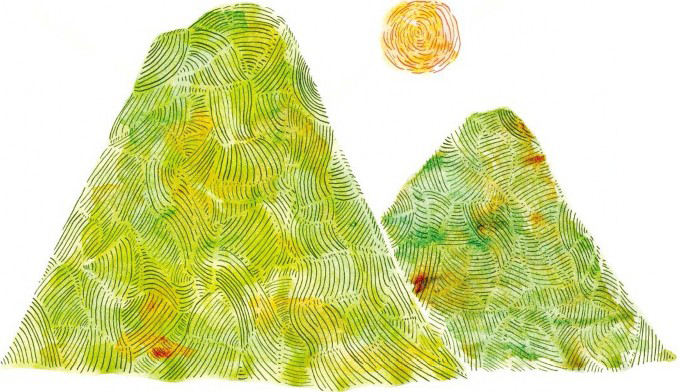
Shinto places great value in the virtues of purity and honesty, yet as a faith, Shinto has no dogma, doctrine, or founder. Its origins can be seen in the relationship between the ancient Japanese and the power they found in the natural world. It is a relationship that continues to this day, defined by a great reverence for nature's strength, and gratitude for nature's bounty. Only by both receiving the blessings of nature and accepting its rage can we maintain a harmonious connection to the world around us.
Shinto has shaped the past as an integral part of Japan's cultural heritage. It will continue to shape the future through the deep influence it exerts on Japanese thought. Yet, as a fundamental aspect of daily life in Japan, the focus of Shinto is on the present. For honoring the kami, and receiving their blessings, there is no time but now.
Shinto has shaped the past as an integral part of Japan's cultural heritage. It will continue to shape the future through the deep influence it exerts on Japanese thought. Yet, as a fundamental aspect of daily life in Japan, the focus of Shinto is on the present. For honoring the kami, and receiving their blessings, there is no time but now.
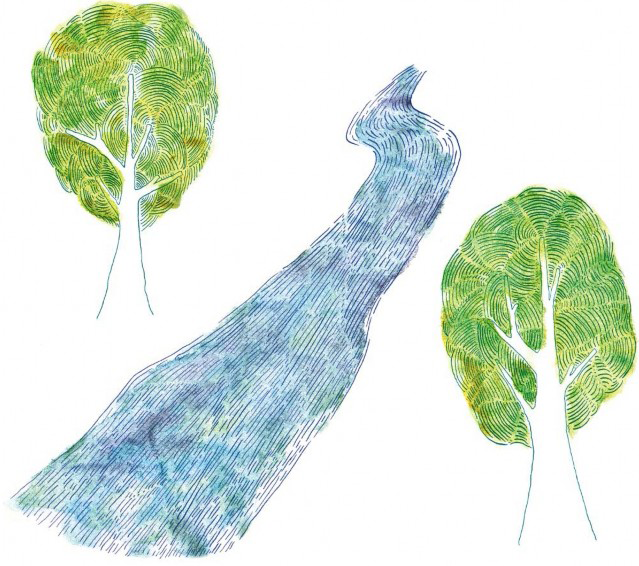
What is Kami?
Since ancient times, Japanese have expressed the divine
energy or life-force of the natural world as kami.
Kami derived from nature, such as the kami of rain, the kami of wind, the kami of the mountains, the kami of the sea, and the kami of thunder have a deep relationship with our lives and a profound influence over our activities. Individuals who have made a great contribution to the state or society may also be enshrined and revered as kami.
Kami derived from nature, such as the kami of rain, the kami of wind, the kami of the mountains, the kami of the sea, and the kami of thunder have a deep relationship with our lives and a profound influence over our activities. Individuals who have made a great contribution to the state or society may also be enshrined and revered as kami.
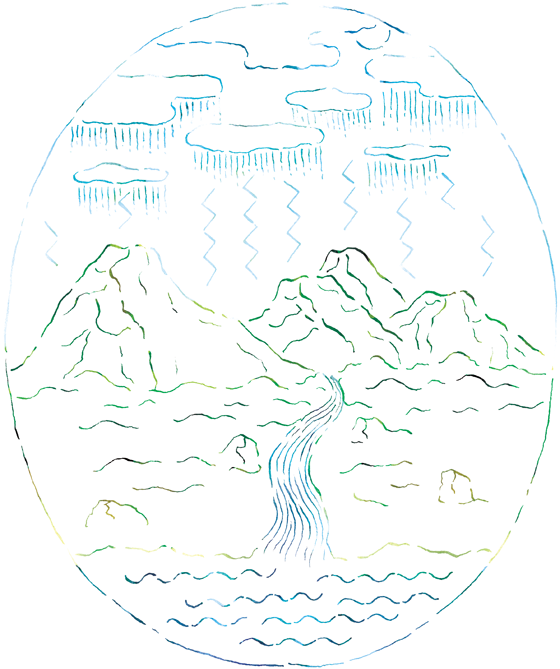
Nature's severity, does not take human comfort and convenience into consideration. The sun, which gives life to all living things, sometimes parches the earth, causing drought and famine. The oceans, where life first appeared, may suddenly rise, sending violent tidal waves onto the land, causing much destruction and grief. The blossom scented wind, a harbinger of spring, can become a wild storm. Even the smallest animals can bring harm — the mouse that eats our grain and carries disease, and the locust that devastates our crops. It is to the kami that the Japanese turn to pacify this sometimes calm but at times raging aspect of nature. Through ceremonies, called 'matsuri', they appease the kami and wish for further blessings.
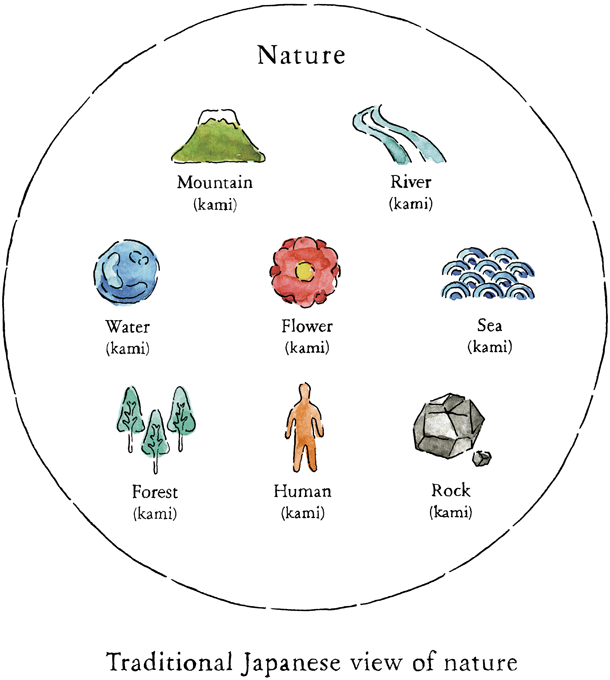
Shinto observes no one single, omnipotent Creator. Each kami plays its own role in the ordering of the world, and when faced with a problem, the kami gather to discuss the issue in order to solve it. This is mentioned in records from the 8th Century which tell the story of the Divine Age before written history began, and is the basis for Japanese society's emphasis on harmony, and the cooperative utilization of individual strengths.
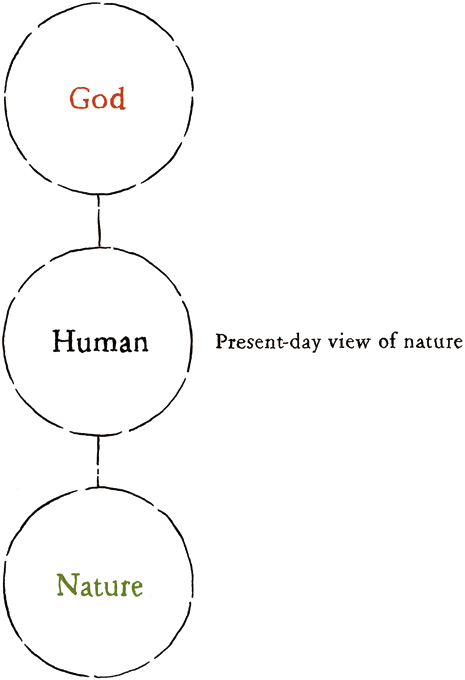
What is Jinja?
Japanese regard the sea, the mountains, the forest, and
natural landmarks as places where the kami reside. In ancient
times, these were regarded as sacred areas, without the need for special buildings, as the kami were believed to exist everywhere.
A practice also arose of decorating evergreen trees in sacred courtyards to which the kami could be summoned in order to perform rituals. Later, dwellings were built for the kami in the forests, structures to be renewed in perpetuity where rituals could be conducted. This is the origin of the shrines known as 'jinja'. There are more than 80,000 jinja in Japan today where various kami are enshrined, particularly those who appear in the story of the Divine Age or historical figures known for their great achievements.
A practice also arose of decorating evergreen trees in sacred courtyards to which the kami could be summoned in order to perform rituals. Later, dwellings were built for the kami in the forests, structures to be renewed in perpetuity where rituals could be conducted. This is the origin of the shrines known as 'jinja'. There are more than 80,000 jinja in Japan today where various kami are enshrined, particularly those who appear in the story of the Divine Age or historical figures known for their great achievements.
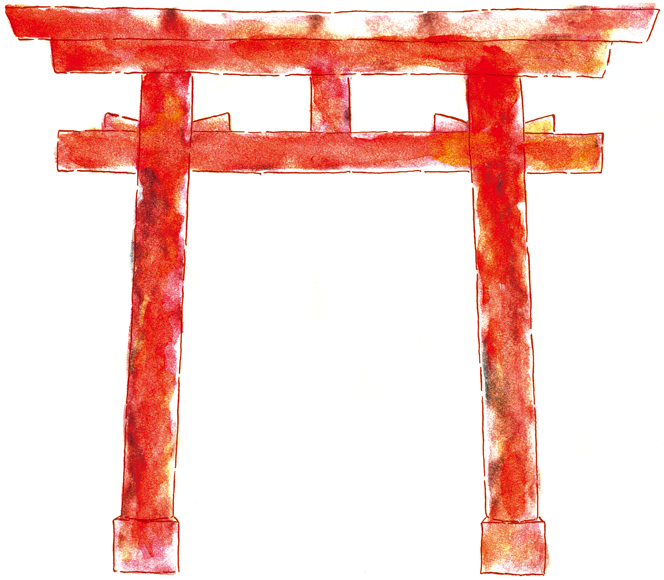
Rituals to pray for the peace, security, and prosperity of the nation and community are conducted at jinja throughout the year. Prayers may also be dedicated at a jinja for the well-being of the local parishioners and the guardian kami of the community. While these observances are typically handled by members of the Shinto priesthood, individuals will often visit a jinja to participate in the yearly cycle of matsuri, and on commemorative occasions throughout one's life, in order to make wishes and offer prayers of appreciation to the kami.
Jinja are sacred places and are always kept clean, and pure. Often surrounded by trees, jinja are infused with the divine energy of nature. They are places to worship, but also places to relax. Visiting a jinja, we feel physically and spiritually rejuvenated. Jinja are special spaces for us to reflect on ourselves and express our gratitude to the kami.
Jinja are sacred places and are always kept clean, and pure. Often surrounded by trees, jinja are infused with the divine energy of nature. They are places to worship, but also places to relax. Visiting a jinja, we feel physically and spiritually rejuvenated. Jinja are special spaces for us to reflect on ourselves and express our gratitude to the kami.
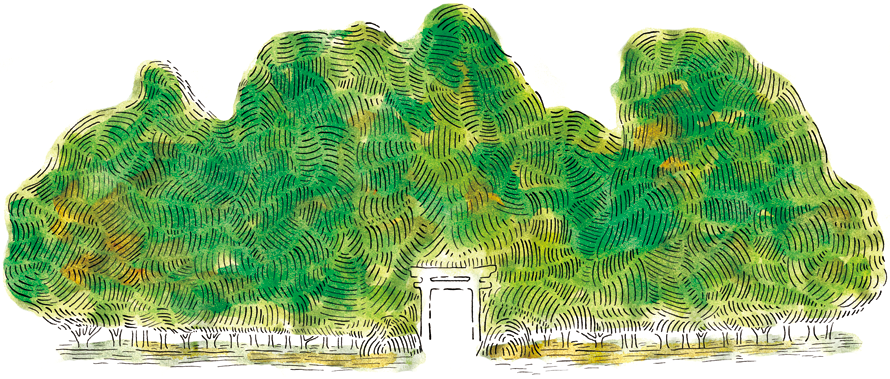
( an extract from SOUL of JAPAN published by JINJA-HONCHO )
